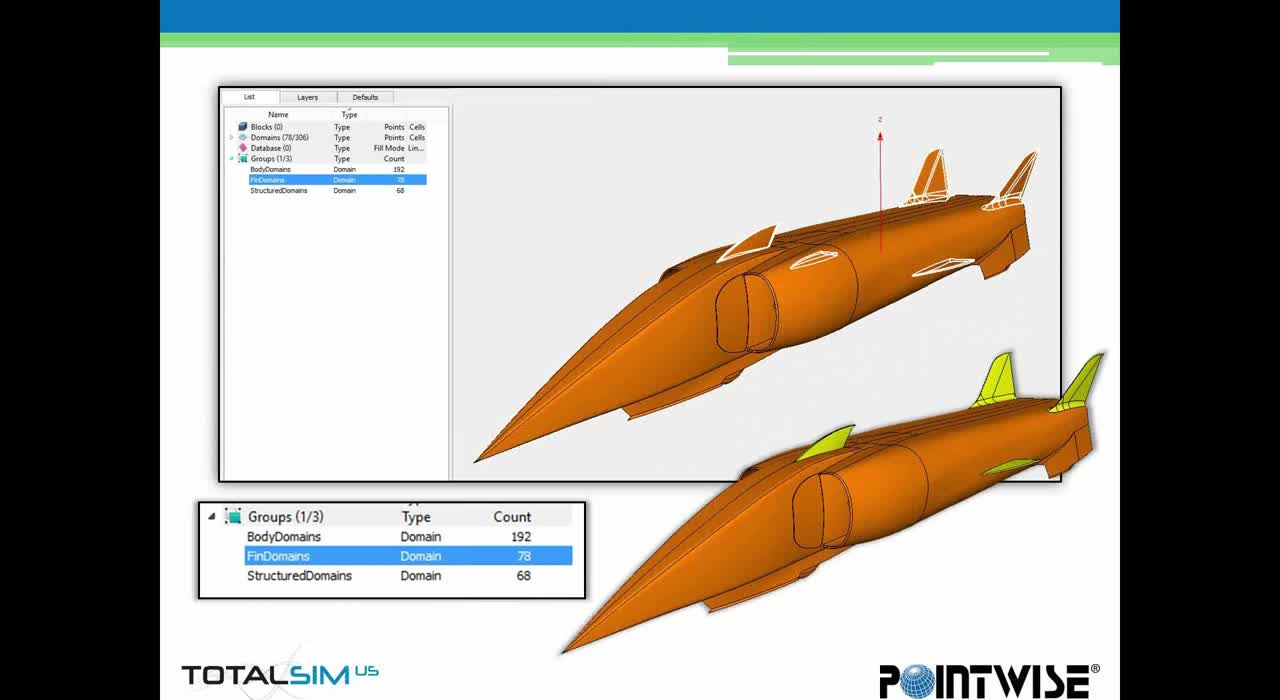Land-Speed Record Attempt Uses High-Fidelity, High-Speed CFD
Fill form to unlock content
Error - something went wrong!
Fill Out the Form to Access
Thank you!

In 1963, Craig Breedlove set the world land-speed record in the Spirit of America, a record that he would later reclaim several more times in the next two years. Fifty years later, Breedlove has decided that it is time to bring the title back to America. In a new team led by Breedlove, the Spirit of America is being revived with the goal of once again claiming a new world record for land-speed vehicles.
Historically, land-speed vehicles were shaped by rule of thumb aerodynamics. However in the 50 years since the first turbojet vehicle officially set a land-speed record, computational fluid dynamics (CFD) has matured to a point where it can be inexpensively used to help simulate performance characteristics on such vehicles. One of the largest initial hurdles for Breedlove and his team has been quickly analyzing new designs with limited resources. To that end, TotalSim agreed to help with the preliminary CFD analysis given a restricted budget. The key to success for both parties was generating inexpensive accurate results.
Leveraging Pointwise, TotalSim generated a hybrid grid, balancing mesh generation time and solution accuracy. Pointwise’s structured and unstructured meshing techniques coupled with T-Rex (anisotropic tetrahedral extrusion) were used to generate layers of unstructured hexahedra and prisms, helping to reduce the overall cell count and improve grid quality. Additionally, TotalSim was able to exploit the flexibility of Pointwise and manually adapt the grid to help resolve shock structures and more accurately predict vehicle performance.
Overview
- Simplify a complex geometry using layers for organization
- Resolve areas of high curvature using structured meshing techniques
- Automatically generate contiguous viscous layers of unstructured hexahedra and prisms
- Effortlessly add local refinement to an existing volume mesh to improve solution accuracy
- Rapidly assess high-speed vehicle performance on a limited budget
Preview
Travis Carrigan joined Pointwise as a senior engineer after completing his M.S. in aerospace engineering at The University of Texas at Arlington in May 2011 where his graduate research involved aerodynamic design optimization. Currently, as Manager of Technical Sales, Mr. Carrigan works with prospective customers and demonstrates how Pointwise software can be used to improve their CFD process. He also produces technical marketing content and works with customers and software partners to demonstrate best practices in grid generation, solver setup, and solution post-processing for a variety of industries.
Andy Luo is a graduate of the University of Southern California where he received a BS in Aerospace Engineering and an MS in Aerospace Design. Andy spent 6 years with Swift Engineering where he spearheaded their CFD capabilities in both Automotive and Aerospace design. During that time he achieved many aggressive milestones such as aiding the design of an aircraft from paper to first flight in 200 days, generating a 1 billion cell unstructured unified mesh on a vehicle, and executing a dynamic vehicle passing maneuver.
In 2012 Andy began working with TotalSim to further their Aerospace capabilities. He is currently working on many exciting developments using OpenFoam and Pointwise.